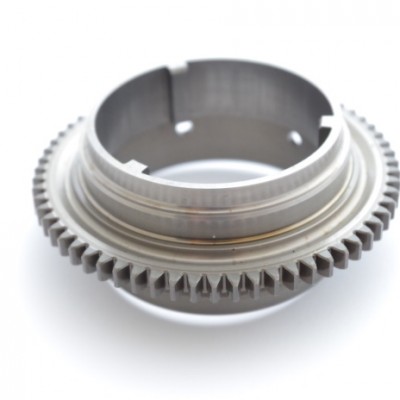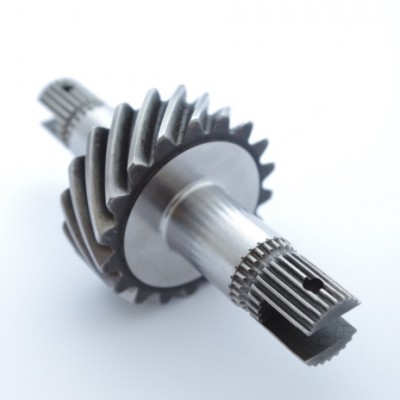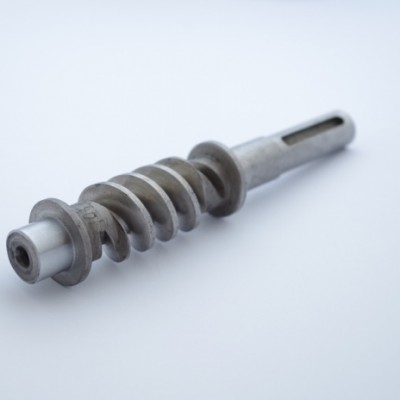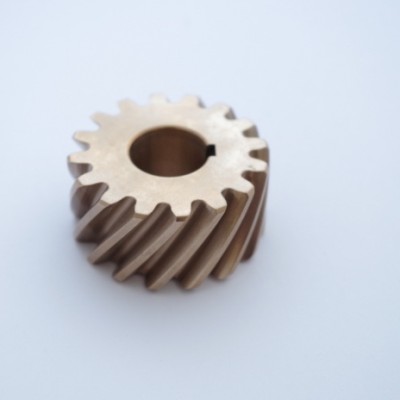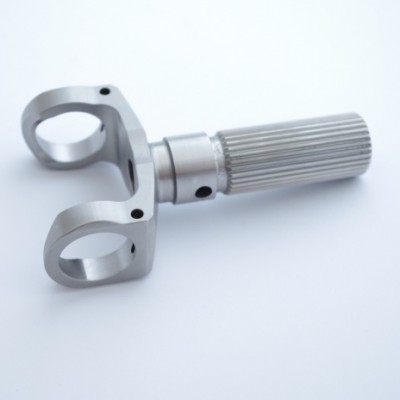Gibbs Gears is a precision gear company based in the south of England who offer a rapid turnaround service for bespoke precision gears & standard gear products in many different material grades, which include: Plain carbon steels, nitriding steels, heat treated carbon steels, phosphor bronze, aluminium bronze, brass C2121, All stainless steels 300 series & 400 series, titanium gears, aviation grade alloys 6081 T6 & 2000 series.
We can also manufacture gears in synthetic materials such as nylon & delrin, forgings & castings (cast iron), along with exotic materials for sub sea industries.
We are a precision gear company who have the gear manufacturing capability to supply prototype gear samples to large volume runs of bespoke high accuracy precision gears to exacting customer specification.
Bespoke Precision Gears | Information
- Pitch: The size of each tooth on the gear.
- Teeth: The number of teeth on the gear.
- Material: What the gear is made of, e.g. Aluminium, Bronze, Steel.
- Root Diameter: The distance from the base of a tooth on one side to the base of the opposing tooth on the other side of the gear.
- Pitch Diameter: The diameter from the point of engagement of one tooth one side to the base of the opposing tooth on the other side of the gear.
- Outside Diameter: The distance from the top of one tooth on one side of the gear to the top (farthest point) of the opposing tooth on the other side of the gear.
- Bore: The hole in the canter of the gear.
- Hub: (“B” Style): Gears with a protruding hub.
No Hub (“A” Style): Flat gears with a protruding hub. - Face: The size of the tooth face.
- Line of Action: The angle at which the two gears engage.
- Pressure Angle: The arc from the line of Action to the horizontal 90o line dividing the two gears.
- Circular Tooth Thickness: The thickness of one tooth at the point where the gear engages.
- Whole Depth: The entire depth of the tooth cavity.
- Working Depth: The depth for that part of the tooth which engages the other gear.
- Centre Distance: The distance from the canter of the one gear to the centre of the gear with which it is engaged.


